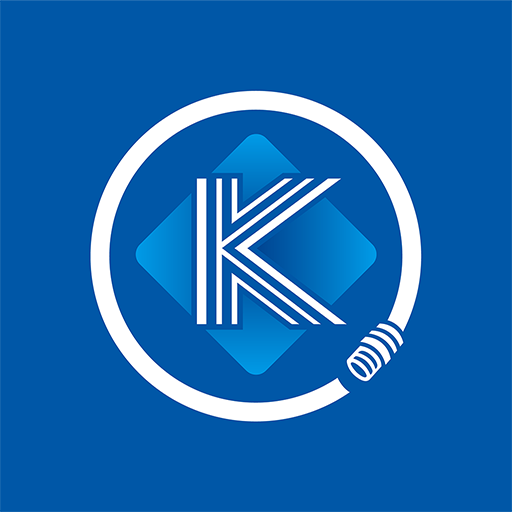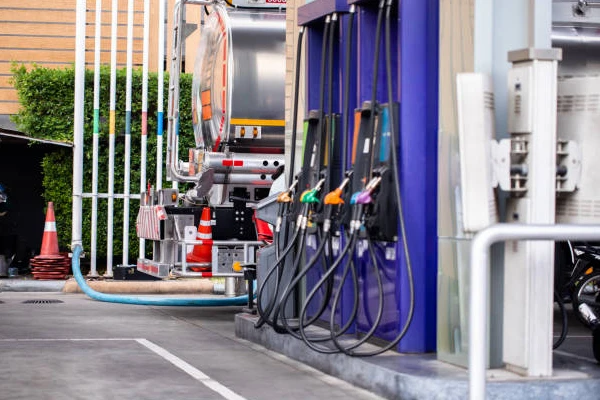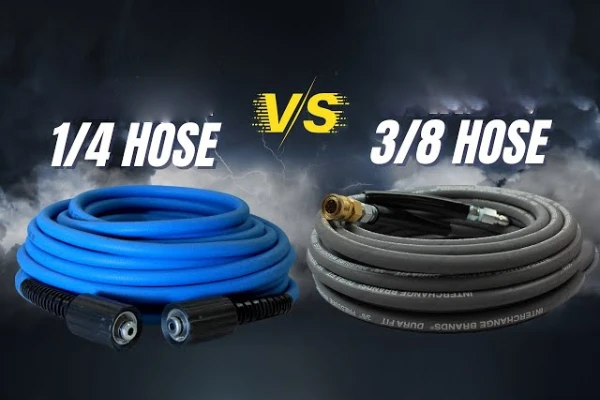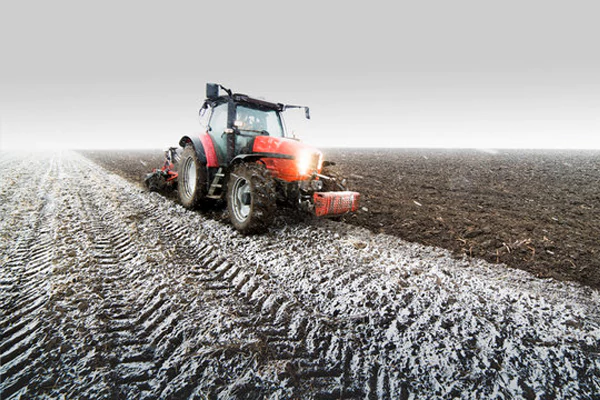Hydraulic hoses are critical components in industrial and automotive systems, carrying pressurized fluids to ensure smooth operation. The hose surface, whether smooth or wrapped, plays a key role in performance, durability, and safety. Choosing the right surface type affects resistance to abrasion, flexibility, and overall system efficiency.
Smooth and wrapped hydraulic hoses serve different operational needs. Smooth hoses provide easy cleaning and reduced friction, while wrapped hoses offer additional reinforcement and protection against abrasion and impact. Understanding these differences helps engineers and technicians select hoses that maximize performance, safety, and lifespan in their hydraulic systems.
Smooth Hydraulic Hose
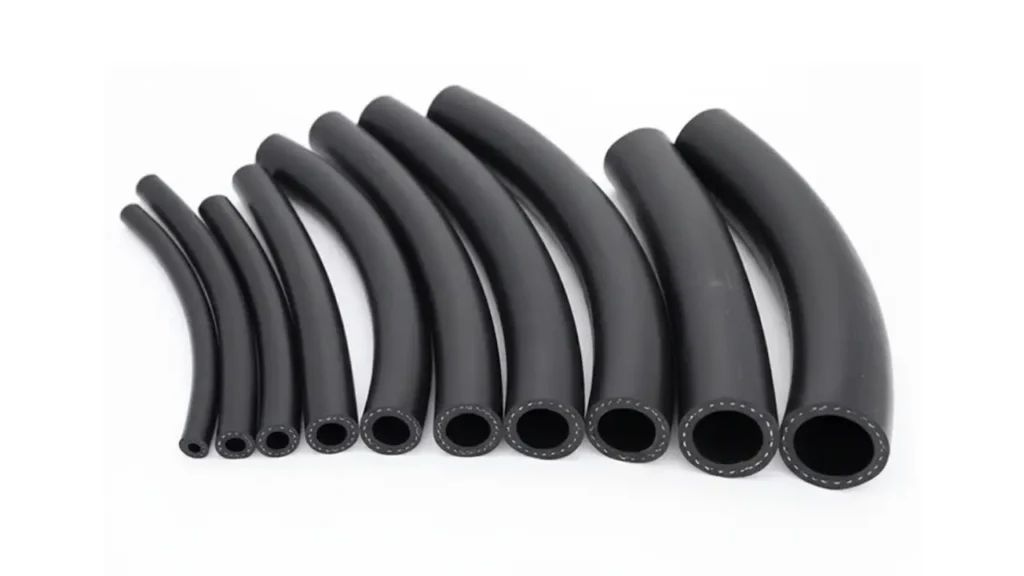
Smooth hydraulic hoses are designed with a sleek outer surface, providing flexibility, easy handling, and minimal friction. They are ideal for applications where abrasion resistance is moderate, and clean, efficient fluid flow is required. Smooth hoses simplify maintenance while ensuring reliable hydraulic performance.
- Cost-Effective Solution: Smooth hoses are typically more affordable than wrapped alternatives, offering a practical balance of performance and cost for standard hydraulic applications.
- Flexibility: Smooth hoses offer superior flexibility compared to wrapped hoses, making installation and routing easier in tight spaces while reducing stress on fittings and improving system reliability.
- Ease of Cleaning: The smooth surface allows dirt, oil, and debris to be wiped off quickly, maintaining consistent hydraulic performance and reducing contamination risks.
- Moderate Abrasion Resistance: Smooth hoses provide adequate protection against minor abrasions, suitable for controlled environments or applications with minimal contact with rough surfaces.
- Lightweight Design: Smooth hydraulic hoses are generally lighter than wrapped hoses, reducing handling fatigue and speeding up installation, especially in large systems.
Wrapped Hydraulic Hose
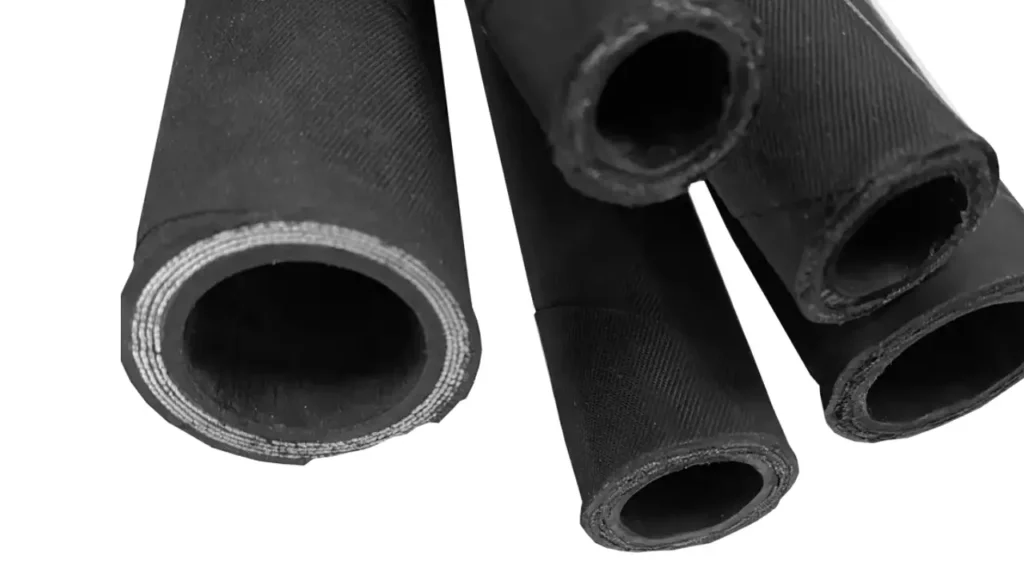
Wrapped hydraulic hoses feature an outer reinforcement layer, providing enhanced abrasion resistance, durability, and protection against harsh environments. They are ideal for high-pressure applications and industrial settings where hoses face frequent contact with rough surfaces or mechanical impact.
- Enhanced Abrasion Resistance: Wrapped hoses have an extra protective layer that resists cuts, scrapes, and wear, extending service life in demanding environments.
- High-Pressure Handling: The reinforced design allows wrapped hoses to withstand higher pressures, ensuring safety and reliable performance in industrial and hydraulic systems.
- Durability: Wrapped hoses maintain structural integrity under heavy use, extreme conditions, and repeated bending, making them suitable for rugged applications.
- Protection Against Environmental Damage: The outer wrap shields hoses from UV exposure, chemicals, and moisture, reducing degradation and ensuring long-term reliability.
- Safety in Critical Applications: Reinforced wrapped hoses minimize the risk of bursts or leaks, protecting operators and equipment in high-risk hydraulic operations.
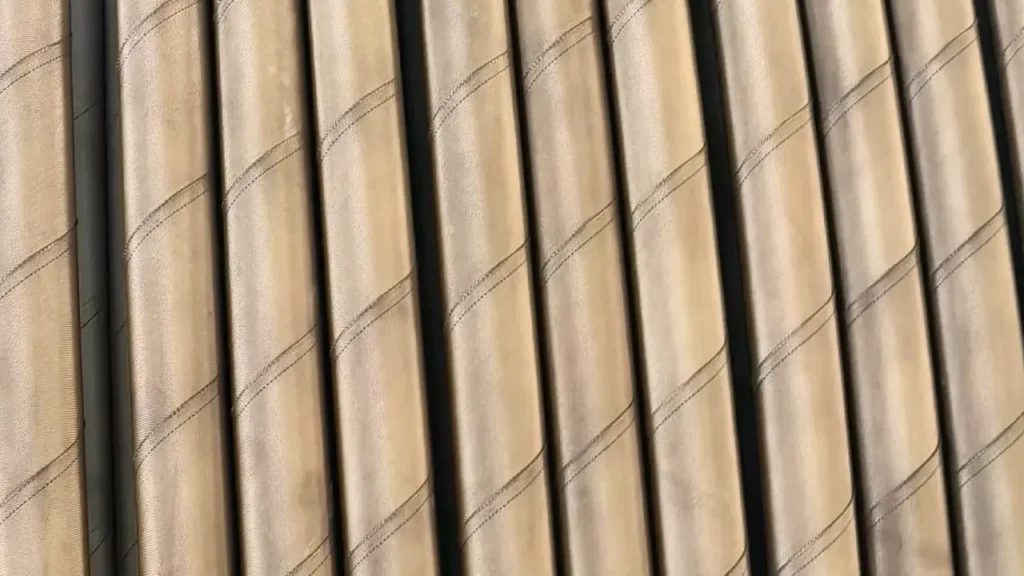
Water cloth, also known as a water press cloth or nylon water press, is a specialized textile used in the manufacturing of wrapped hydraulic hoses. It is a key component in creating the distinctive spiral pattern on the hose surface.
Here’s how it works:
- Wrapping: Nylon fabric strips are wrapped around the hydraulic hose before the curing process.
- Water Press Application: The water press cloth is placed over the wrapped hose.
- Curing Process: The hose and cloth are subjected to high temperature and pressure during the curing process.
- Pattern Formation: The water press cloth, under pressure, helps to imprint the spiral pattern onto the hydraulic hose surface.
- Removal: After curing, the water press cloth is removed, leaving behind the desired spiral pattern.
Key Characteristics of Water Cloth:
- Material: Typically made of nylon or other synthetic fibers.
- Thickness: Relatively thin to allow for pressure transfer.
- Heat Resistance: Able to withstand high temperatures during the curing process.
- Durability: Withstands repeated use in the manufacturing process.
By using a water press cloth, manufacturers can create hydraulic hoses with enhanced aesthetics and improved performance characteristics, such as increased abrasion resistance and a more durable surface.
Smooth VS Wrapped Hydraulic Hose Surface
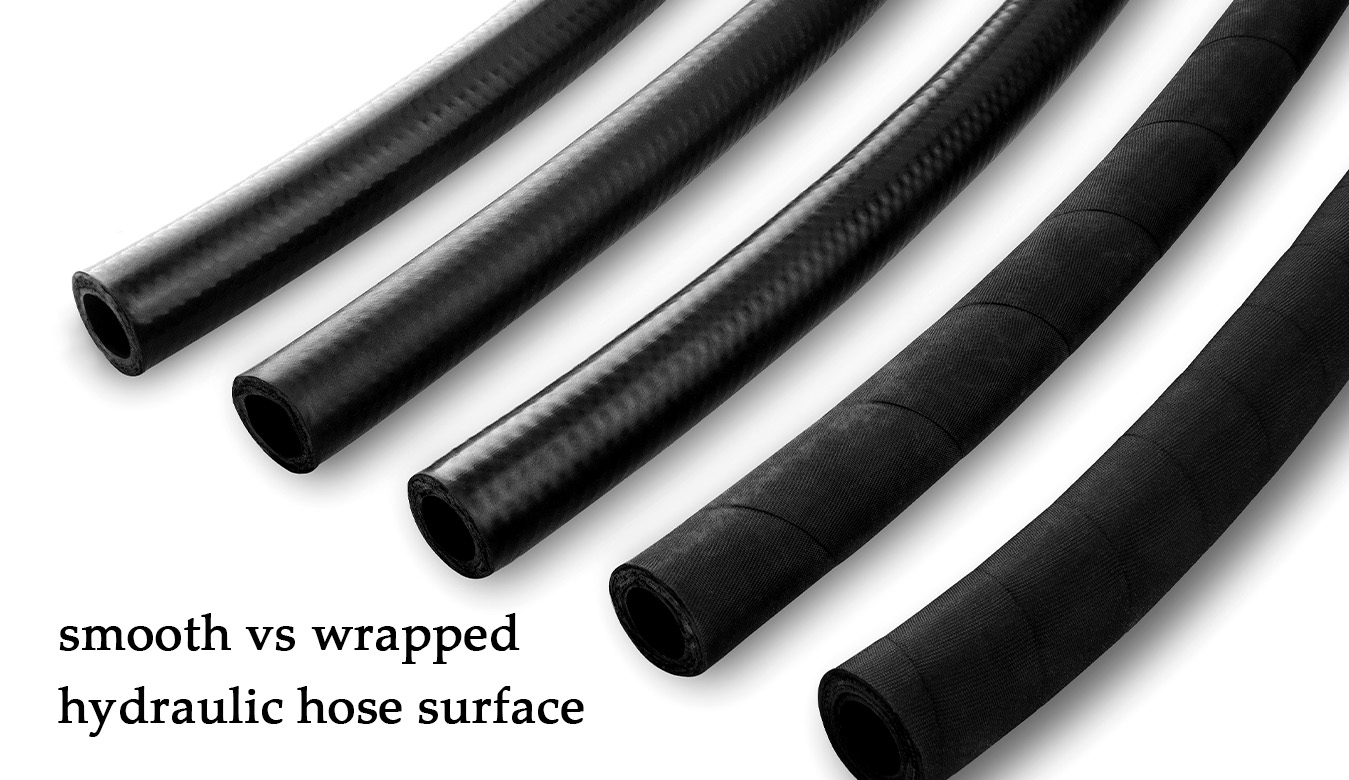
Hydraulic hoses come in smooth and wrapped surface designs, each offering unique advantages. Understanding their differences helps select the right hose for specific applications, balancing durability, flexibility, abrasion resistance, and cost. Proper selection improves system efficiency, safety, and lifespan.
Flexibility
Smooth hydraulic hoses provide excellent flexibility, making them easier to route in tight spaces or complex machinery. Their lighter construction reduces stress on fittings and enhances operator handling.
Wrapped hydraulic hoses, while reinforced, are generally stiffer due to the protective layer. This extra rigidity can make installation in tight spaces more challenging but provides stability under heavy-duty operations or high-pressure conditions.
Abrasion Resistance
Smooth hoses offer moderate abrasion resistance, suitable for controlled environments or indoor applications. They withstand minor scrapes and friction but may wear faster in harsh conditions.
Wrapped hoses excel in abrasion resistance. The reinforced outer layer protects against cuts, scrapes, and impact, making them ideal for industrial, construction, or outdoor applications where hoses encounter rough surfaces regularly.
Pressure Handling
Smooth hoses handle standard hydraulic pressures efficiently, making them suitable for general-purpose applications without extreme stress. They maintain flow without unnecessary bulk.
Wrapped hoses are engineered for higher pressure applications. Reinforcement layers distribute stress, reducing the risk of bursts and ensuring consistent performance in demanding hydraulic systems or heavy machinery operations.
Durability and Lifespan
Smooth hoses are lighter and cost-effective but may have a shorter lifespan in abrasive or high-pressure conditions. They perform best in environments with minimal mechanical stress.
Wrapped hoses offer enhanced durability. The extra protection extends service life, reduces maintenance needs, and maintains structural integrity even under repeated bending, high pressures, or harsh environmental exposure.
Cost and Maintenance
Smooth hoses are generally more affordable and easier to clean or replace. Their lightweight design reduces labor during installation and maintenance, offering a balance of performance and economy.
Wrapped hoses require higher investment due to reinforcement materials but reduce downtime and maintenance costs over time. Their longer lifespan and protection against damage make them cost-effective for demanding applications.
Here are some differences between the smooth hydraulic hoses and the wrapped hydraulic hoses:
| Aspect | Smooth Hydraulic Hose | Wrapped Hydraulic Hose |
|---|---|---|
| Flexibility | High, easy to maneuver | Moderate, stiffer due to reinforcement |
| Abrasion Resistance | Moderate, for controlled environments | High, protects against rough surfaces |
| Pressure Handling | Standard hydraulic pressures | High-pressure applications |
| Durability & Lifespan | Moderate, shorter in harsh conditions | High, long-lasting in heavy-duty use |
| Cost & Maintenance | Lower cost, easier to maintain | Higher cost, reduced long-term upkeep |
How to Choose Smooth and Wrapped Hydraulic Hoses?
Selecting between smooth and wrapped hydraulic hoses depends on application, environment, and performance needs. Each type offers unique advantages in terms of flexibility, abrasion resistance, and durability. Understanding these factors helps ensure efficiency, safety, and cost-effectiveness in hydraulic systems across industries.
- Application Requirements: Smooth hoses are better for general-purpose hydraulic tasks, while wrapped hoses handle heavy-duty or high-pressure applications. Matching hose type to system demands ensures safe, efficient performance without over- or under-specifying the equipment.
- Environmental Conditions: In clean, controlled environments, smooth hoses perform well. For outdoor, abrasive, or industrial settings, wrapped hoses are preferable due to superior protection against scrapes, impacts, UV rays, and weather exposure.
- Pressure Demands: Smooth hoses suit standard hydraulic pressures. If the system operates at higher pressures or under constant stress, wrapped hoses offer stronger reinforcement, reducing the risk of bursts or performance failures.
- Maintenance and Cleaning: Smooth hoses are easy to clean and maintain, making them ideal for hygienic environments. Wrapped hoses, although harder to clean, require less frequent replacement due to extended durability.
- Budget Considerations: Smooth hoses are cost-effective upfront and suitable for lighter-duty tasks. Wrapped hoses require a larger investment initially but reduce downtime and long-term replacement costs, providing better value for rugged or high-pressure operations.
Conclusion
In hydraulic systems, the choice between smooth and wrapped hydraulic hoses can significantly impact performance, durability, and overall system efficiency.
Smooth hoses offer a clean, streamlined appearance and are well-suited for general-purpose applications. Wrapped hoses, on the other hand, provide enhanced protection against abrasion, weather, and chemical exposure, making them ideal for demanding environments.
Ultimately, the best choice for your specific application depends on various factors, including operating conditions, fluid type, and required performance levels. By carefully considering these factors, you can select the appropriate hose type to optimize your hydraulic system.
Ready to Customize Your Hydraulic Hose?
At Kingdaflex, we specialize in designing and manufacturing custom hydraulic hoses tailored to your exact needs. Our experienced engineers can work with you to select the optimal hose type, materials, and fittings to ensure optimal performance and longevity.
Contact us today to discuss your specific requirements and receive a personalized solution.

